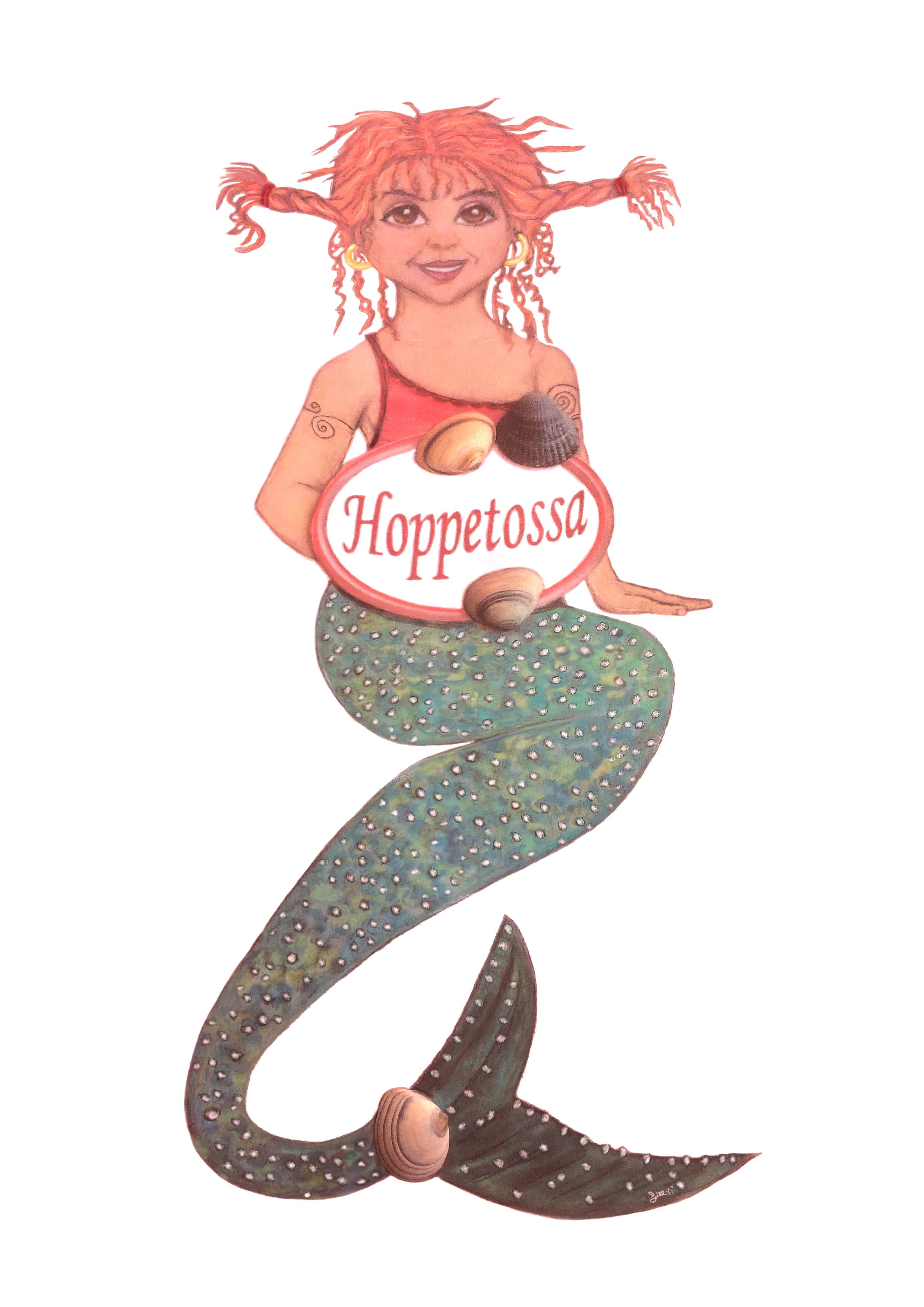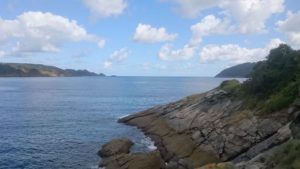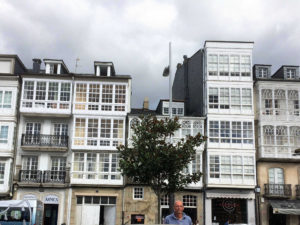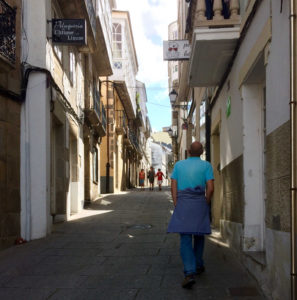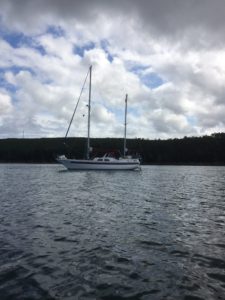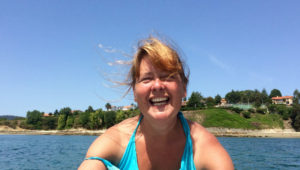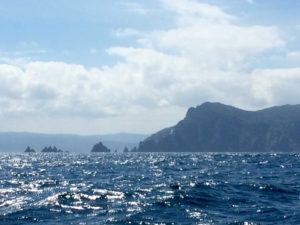Santiago de Compostela is Galicia’s most famous city and one of the world’s biggest international pilgrimage destinations, but Galicia or terra de meigas (land of witches) have a lot of other things to offer. Like for example, the magnificent rías that are spread out along the 1 600 km long coast. A ria is a drowned river valley that remains open to the sea. It looks a bit like a Norwegian fjord, but the fjords, that are formed by the glacial ice, are very deep and straight and they don’t have so many beaches 🙂
The relatively calm waters and gentle temperatures of Galicia attract (mostly Spanish) tourists from June to September. In Viveiro they told us that people come there to get some sleep during the summer months because of the nice temperature (average about 25 C). But I’m sure they also come for the excellent food and the many beaches 🙂
A lot of people crossing the Biscay go to the big city La Coruna, which I’m sure is a very nice and interesting city, but we chose a smaller one a bit further east, Viveiro.
You go about a mile up the beautiful Ria , past the old fishing harbor Celeiro, and no matter how high the waves have been out there on the Atlantic, you enter a perfectly calm harbor where you are met by very helpful and kind people. You can also go for anchor in the bay just outside of the beach.
The city is surrounded by high mountains covered in pine and eucalyptus trees.
Most of the best beaches in Spain are on the north coast if you ask the Spanish people, and Viveiro has one that’s very nice with dunes where you can be alone and a kind of sparkling sand that I have not seen anywhere else.
The town is not a fancy resort(the British doesn’t seem to have discovered it yet) but a genuine and very nice mix of old and modern. From the harbor it’s about five minutes walk to a big supermarket, something that you appreciate when you need to bunker up for a long trip.
We really like it here ♥
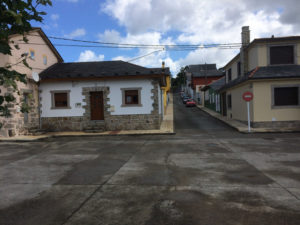
The sparkling beach in Viveiro♥
Ares, Camarinas and Finisterre
After Viveiro we continued our harbourhopping through Galicia, first to Ares and then to Camarinas. Both very quiet and attractive fishing towns with friendly people and a lot of looong beautiful beaches.
Camarinas is also the lace making center of Spain. The women are still sitting outside their houses with their traditional hand looms making the most exquisite curtains, scarves, pillow cases, table cloths and many other things.

The Rias of Galicia are fantastic and they are each just about one day of sailing from each other. You can easily spend months exploring all the wonders here and maybe you should, but we had to continue towards Portugal so we chose just a few of them.
The Rias north of Finisterre (the Altas) are generally a bit more quiet and less touristic than the Southern Rias(the Baias). They are fishing villages rather than yachting ports and the whole area is of course full of fishing flags and other kind of markers, sometimes hardly visible, which makes it quite challenging to stear from time to time. The entire coast of Galicia is called Costa do Marisco , the “Shellfish coast” 🙂
The Maritime climate along the Atlantic coast with high humidity and a lot of wind can also make it a bit tricky so it has to be carefully planned when and where to go. There’s quite a lot of fog and mists, specially in the mornings, and the strong wind creates swells and breaking seas over the (often) unmarked rocks and shoals in less than 10 m deep water!
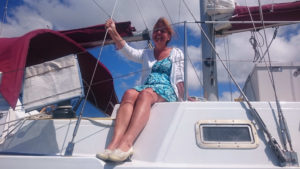
In order to get to the southern Rias you have to pass by Cape Finisterre, a rocky peninsula with the beautiful Monte Facho looming up 238 metres above sea level. The romans thought of this place as the end of the known world and named it Finis Terrae which means just that. The weather is supposed to be warmer and the sea calmer when you pass this point and I think we can agree on that.
Cape Finisterre is the final destination for many pilgrims on their way from Santiago de Compostela. When you finally get here, about 90 km walk from Santiago de Compostela, there’s a tradition to burn your clothes and your (worn?) boots.
 Pilgrims boot in Fisterra
Pilgrims boot in Fisterra
The Celts have also been here, worshipping their sungod, and they have left their sacred, magic stone slabs and “chairs”scattered over the landscape. It’s said that if you lie down or sit on them, you will grow strong spiritually 🙂
From La Coruna and south past Cape Finisterre the coastline is called Costa da Morte, the Coast of Death, beacuse of all the shipwrecks in the area. Since the 15:th century there has been over 800 ship wrecks on this extremely dangerous part of the coast. But according to local stories, not all of the ship disasters were a work of nature. Humans ,if you can call them that in this case 🙁 also had a hand in some of them by tying torches to the horns of cows, imitating lighthouse fires and leading unsuspecting sailors to their death!
It’s a wild and not so easy coast to sail but it’s definately worth it♥
Passing the Cape heading for Muros, we noticed another ship coming after us and he was putting almost the same picture on Facebook(see above)! Oh the technical wonders of sailors today 🙂 Rein contacted him and he told us that he’s name was Marcel and that he was also on his way to Muros! We both went for anchor in the bay outside of the lovely little town and had a very nice evening, talking late into the night, solving all the problems in the world 😉
